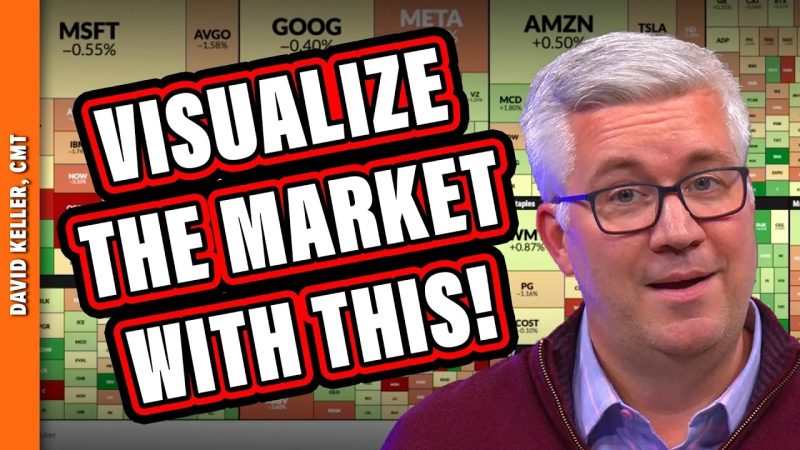Market Visualization Tools: Helping Businesses Make Informed Decisions
Understanding market trends, competitor performance, and consumer behavior are crucial aspects for any business aiming to succeed in today’s fast-paced and competitive environment. Market visualization tools have emerged as indispensable assets for businesses seeking to track, analyze, and interpret data in order to make informed decisions. With a myriad of options available in the market, selecting the best tool for your specific needs can be a daunting task. This article discusses an array of popular market visualization tools that cater to various business requirements.
1. Tableau: Renowned for its user-friendly interface and powerful data visualization capabilities, Tableau is a widely used tool among businesses of all sizes. Its drag-and-drop functionality allows users to create interactive dashboards and reports effortlessly. With real-time data connectivity and a variety of visualization options, Tableau enables businesses to gain valuable insights quickly and effectively.
2. Google Data Studio: As a free tool offered by Google, Data Studio is a popular choice for businesses looking to create visually appealing reports and dashboards using data from multiple sources. Its integration with other Google products such as Google Analytics and Google Sheets makes it a versatile tool for data visualization and analysis. Additionally, Data Studio allows for easy collaboration and sharing of reports, making it an ideal choice for teams working on data-driven projects.
3. Power BI: Developed by Microsoft, Power BI is a robust business intelligence tool that offers advanced visualization capabilities and seamless integration with Microsoft products such as Excel and Azure. With a wide range of data connectors and customizable dashboards, Power BI enables businesses to analyze and visualize data in a meaningful way. Its ability to handle large datasets and perform complex data modeling make it a preferred tool for businesses that require in-depth analysis and reporting.
4. Domo: Domo is a cloud-based platform that provides businesses with a comprehensive suite of tools for data visualization, reporting, and collaboration. With features such as drag-and-drop dashboard creation, real-time data updates, and mobile accessibility, Domo empowers users to monitor key performance indicators and make data-driven decisions on the go. Its intuitive interface and seamless integration with various data sources make it a valuable asset for businesses seeking to streamline their data visualization processes.
5. QlikView: Known for its interactive and associative data model, QlikView offers businesses a unique approach to data visualization and analysis. By allowing users to explore data relationships dynamically, QlikView enables businesses to uncover hidden trends and insights that traditional tools may overlook. Its in-memory processing capabilities and responsive design make it a preferred choice for businesses dealing with complex and large datasets.
In conclusion, market visualization tools play a vital role in helping businesses translate data into actionable insights. By leveraging the capabilities of tools such as Tableau, Google Data Studio, Power BI, Domo, and QlikView, businesses can gain a competitive edge by making informed decisions based on real-time data analysis and visualization. Selecting the best tool for your business requires a thorough understanding of your data requirements, budget constraints, and user preferences. With the right market visualization tool in place, businesses can navigate the complexities of the modern market landscape with confidence and agility.

